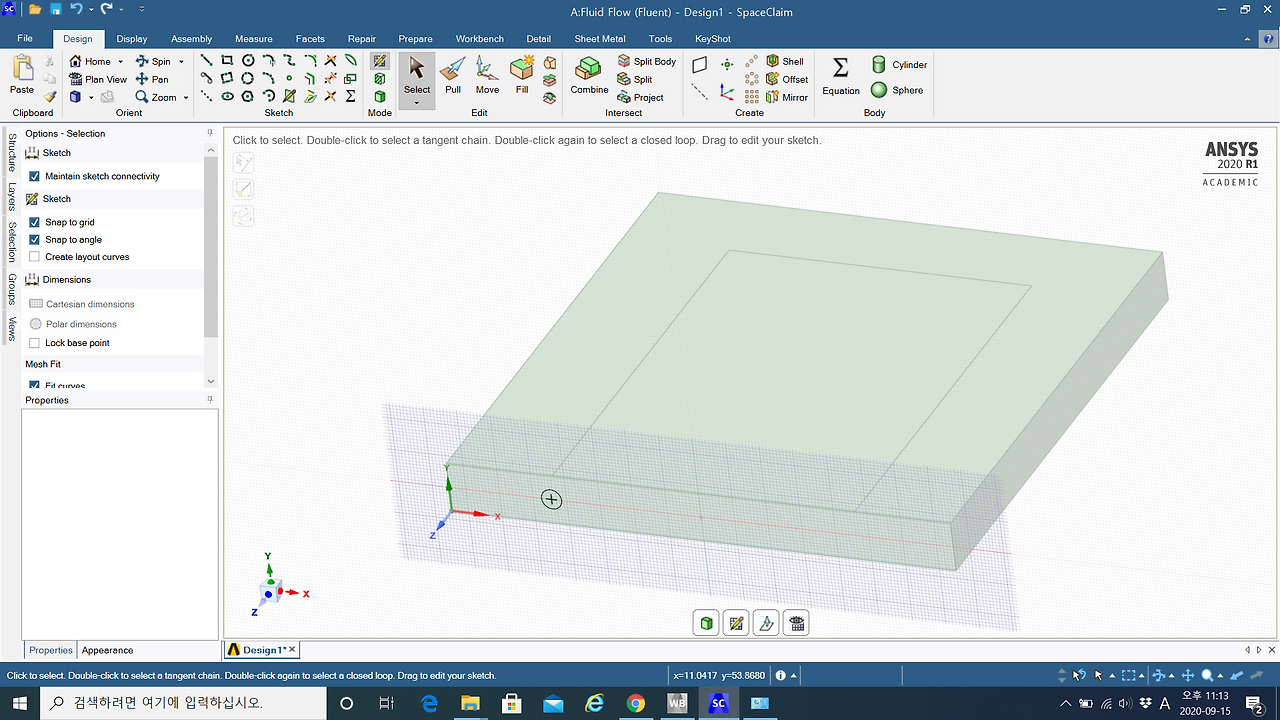


Your best bet, if you really want to use STL to do what you're suggesting, is to get access to software designed to convert "point cloud data" into a surface. My second comment is "STL is intended to be an output file, not an input file." My first comment is "STL is not a graphics file," it's a 3D data format. The moral of the story is STL is pretty much last choice for making a solidĪnd because it is a dense mesh of triangles some means of extracting the least complex geometry to generate a stable workable model will yield professional results. Spaced as the rate of curvature increases. Say the tibia, leg bone, the long section can be lofted with widely spaced simple splines made of a few points from the stl. Was the very natural looking and easy to manipulate. I digitized a 9 points around to generate the drive curve, 7 from the nipple down 7 from the nipple up made the along curves and swept a surface that As your human model as stl has far to many control points to process efficiently.Ī client making breast implants, laser scanned the handmade model with many thousands of points and had a team trying to manipulate the meshes. What happens is the resulting surfaces have many control points (both along and across) that are exponetially more complex and degraded.Īs a number of these poorly defined surfaces are used to construct your model process gets time consuming, inaccurate and unstable.

IGES and STL files do not contain the original reference geometry to reconstruct the solid and will at the very best result in an approximation.

Basic considerations for the less experienced with cad filesĪ well constructed solid model, made up of the least complex geometric entities (lines arcs, surfaces defined by them) is ideal and stable and can be shared without degradation in a solid format (STEP, parasolid, SAT )


 0 kommentar(er)
0 kommentar(er)
